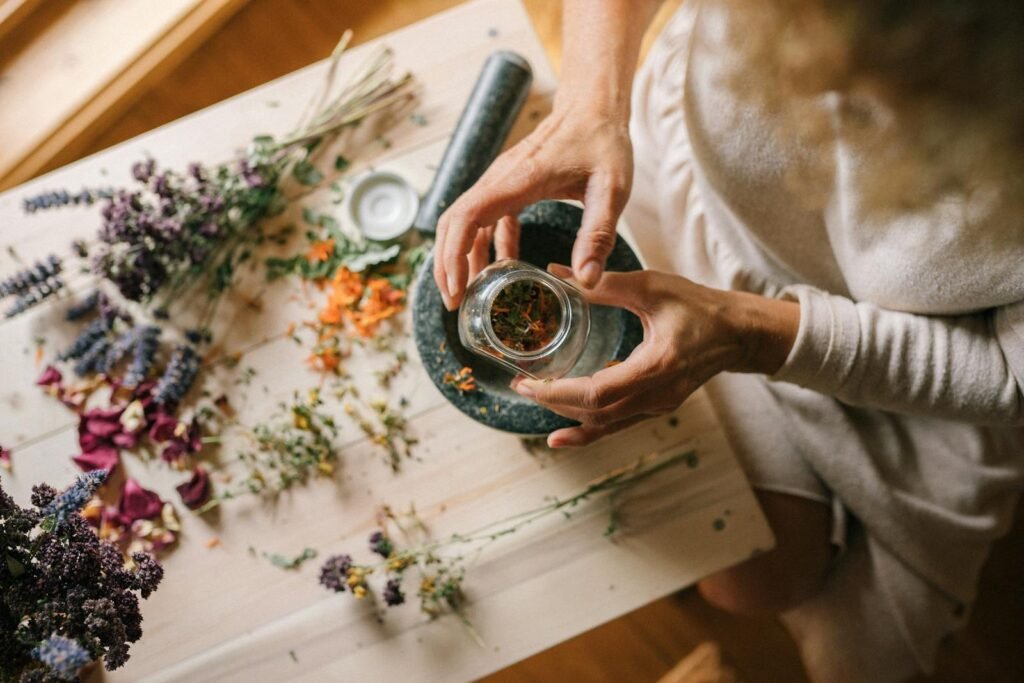When European colonizers first set foot on foreign shores, they encountered something far more powerful than indigenous warriors or territorial boundaries—they discovered healing traditions that had thrived for thousands of years. The story of medicinal plants surviving colonization isn’t just about botanical resilience; it’s about the remarkable ability of indigenous knowledge to endure despite systematic attempts to erase it. While colonizers sought to extract valuable healing secrets through coercion and exploitation, the very plants they coveted became symbols of cultural resistance and survival.
The Guardians of Ancient Wisdom

Indigenous communities have traditionally transmitted their medicinal plant knowledge from generation to generation, with the secrets closely guarded within families and preserved through oral tradition. This oral knowledge system created an almost invisible shield around healing practices, making them difficult for colonizers to fully comprehend or document. Local healers zealously protected their botanical remedies as personal intellectual property, with reports from the Caribbean noting that indigenous doctors would “keep as a secret from the white people” their powerful plant-based cures. The very nature of oral transmission—intimate, personal, and relationship-based—became a form of resistance against colonial documentation efforts. Even when colonizers attempted to force the sharing of knowledge through threats or bribes, the complexity of traditional healing often remained beyond their grasp. Indigenous healers functioned as both pharmacists and physicians, possessing knowledge that went well beyond simple plant identifications to encompass complex preparation methods and spiritual practices. This depth of understanding created natural barriers that protected the essence of traditional medicine from colonial appropriation.
The Sacred Networks That Preserved Life
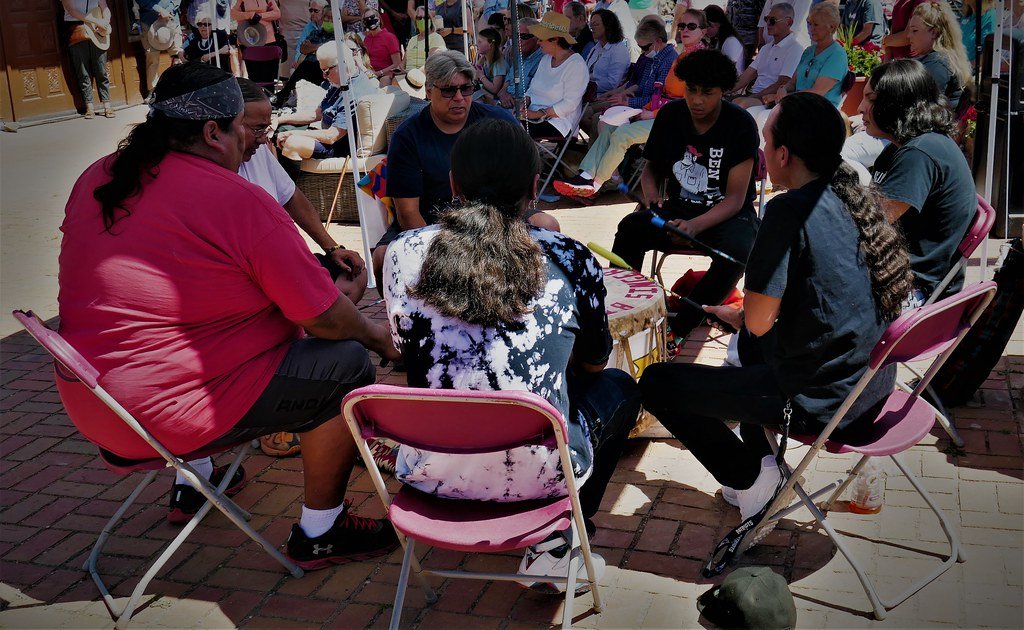
Traditional healing systems like the Ojibwa Midewiwin (Grand Medicine Society) created sophisticated educational frameworks where initiates passed through stages, learning both ritual practices and herbalism for curing disease, with practitioners skilled in selection, preparation, and dosage of herbal medicines. These secret societies and healing networks functioned as universities of indigenous medicine, preserving not just plant knowledge but the cultural context that made the healing effective. The colonizers might capture individual healers or document specific remedies, but they couldn’t access the full network of knowledge that made traditional medicine so powerful. The therapeutic use of medicinal plants relied on indigenous knowledge systems transmitted successively over generations, with traditional healers and herbalists employing their expertise of locally obtainable herbs to treat various ailments. These networks created redundancy—if one healer was lost, others could continue the tradition. The interconnected nature of indigenous communities meant that healing knowledge wasn’t stored in any single location or person, making it virtually impossible for colonizers to completely eliminate these practices.
The Plants That Refused to Be Conquered
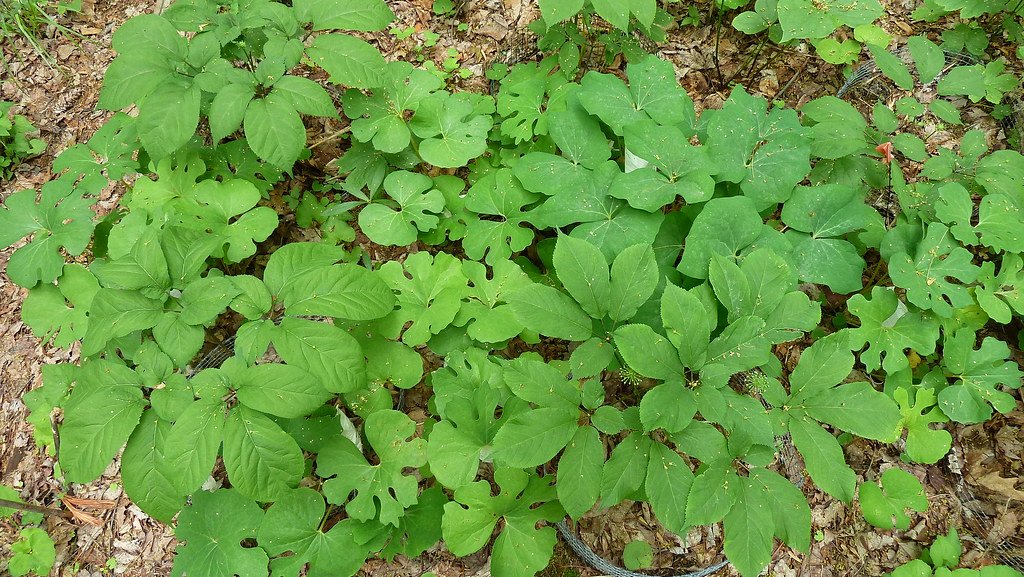
Plants like the Madagascar periwinkle, hawthorn, foxglove, star anise, and wild Mexican yam contributed to medical breakthroughs including childhood cancer medicines and contraceptive pills, with the Madagascar periwinkle having an exceptionally long history of use mentioned in Mesopotamian folklore, Ayurveda, and traditional Chinese medicine. These botanical survivors didn’t just persist—they eventually revolutionized modern medicine. What makes their survival remarkable is how they maintained their therapeutic integrity despite being transplanted, commercialized, and studied by colonial powers. Ancient medicinal plants like ginseng, cinnamon bark, ephedra, nutmeg, pepper, and clove continued to be used from ancient times through colonial periods and into modern medicine. The plants themselves seemed to carry an inherent resistance to colonial domination. Their chemical compounds remained potent regardless of who harvested them, and their therapeutic effects couldn’t be denied even by skeptical European physicians. This biological consistency became a form of plant-based testimony to the validity of indigenous knowledge systems.
The Willow’s Whispered Secret
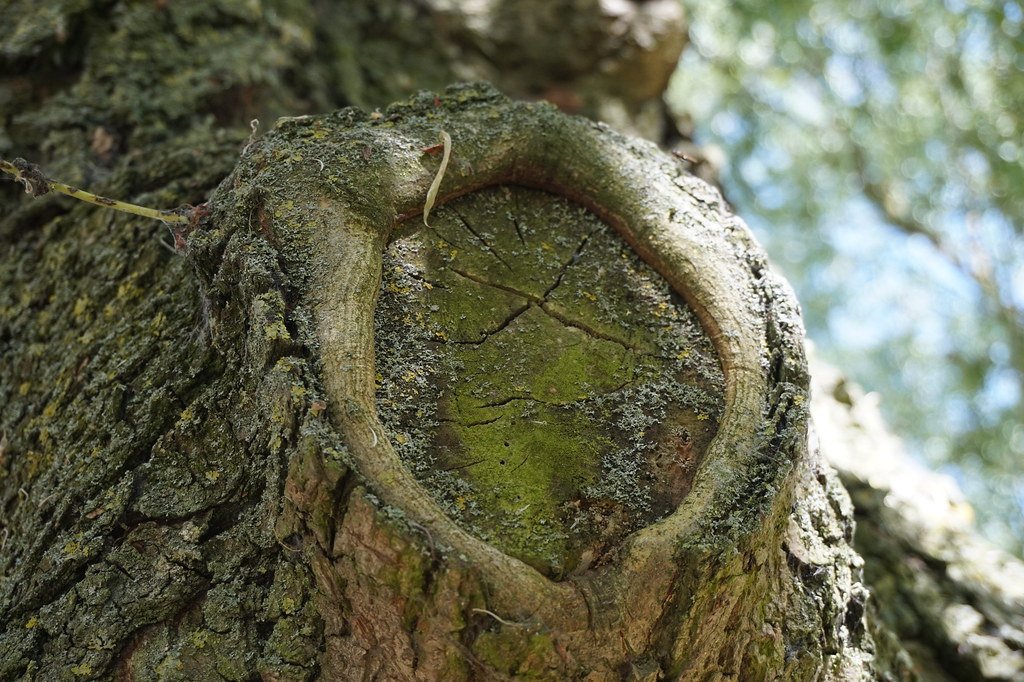
Acetylsalicylic acid, commonly known as aspirin, has its active ingredient extracted from white willow (Salix alba L.), representing one of many modern medications derived from traditional medicinal plants. The willow tree’s story epitomizes how indigenous knowledge survived colonization by becoming so fundamentally useful that it transcended cultural boundaries. The famous example of Jacques Cartier’s men being cured of scurvy in 1535-36 by St. Lawrence Iroquoians using a conifer tea high in vitamin C demonstrates the life-saving power of indigenous plant knowledge. These early exchanges established patterns where European survival often depended on indigenous botanical wisdom. The willow’s pain-relieving properties were known to numerous indigenous cultures worldwide, and despite colonial attempts to claim credit for “discovering” these effects, the plant’s therapeutic history remained clearly rooted in traditional knowledge. The fact that modern pharmaceutical companies eventually isolated and synthesized salicin from willow bark represents not colonial triumph, but rather validation of indigenous expertise that had existed for millennia.
The Rainforest Pharmacy That Couldn’t Be Silenced
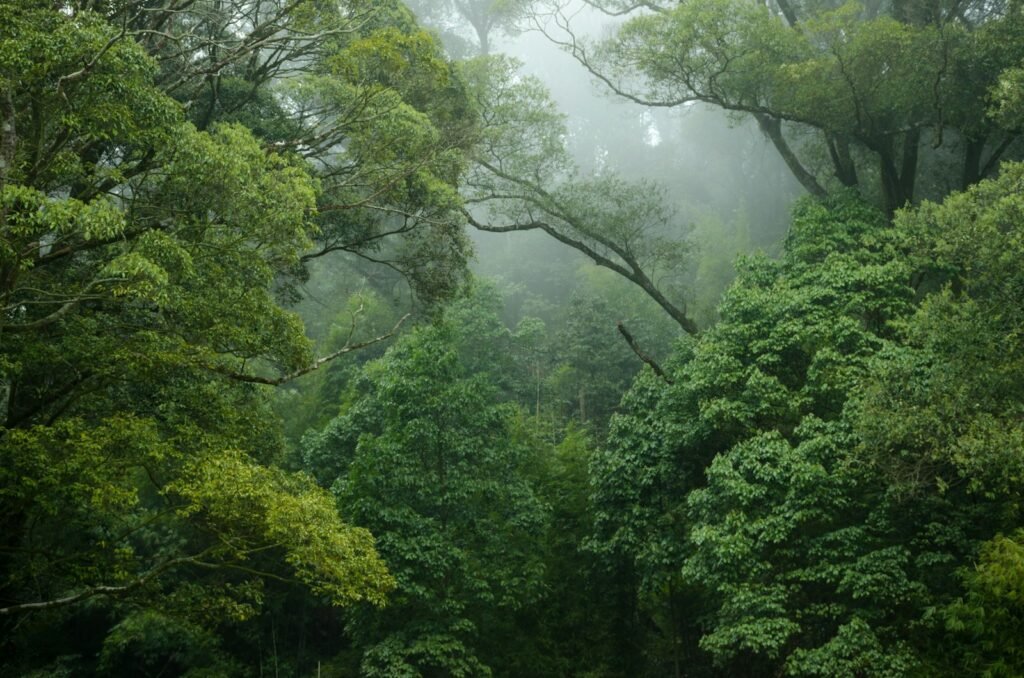
Indigenous rainforest peoples have used many plants for medicinal purposes for centuries, with their empirical plant knowledge widely respected by the scientific community, and evidence showing that their selection of medicinal plants follows non-random patterns based on therapeutic effectiveness. The Amazon and other tropical rainforests became contested territories not just for land, but for the pharmaceutical knowledge they contained. Research mapping medicinal plant uses and indigenous languages in North America, the northwestern Amazon, and New Guinea found about 12,000 medicinal uses for more than 3,000 plants known to people who speak 230 indigenous languages. The sheer volume of this knowledge made it impossible for colonizers to completely catalog or control. These forest pharmacies operated as living libraries, where every tree, vine, and herb held potential healing properties understood through generations of careful observation. The diversity of plant medicines in rainforest environments created a natural protection system—no single colonial expedition could possibly document or extract all the valuable knowledge hidden within these green sanctuaries.
The Underground Railroad of Plant Medicine
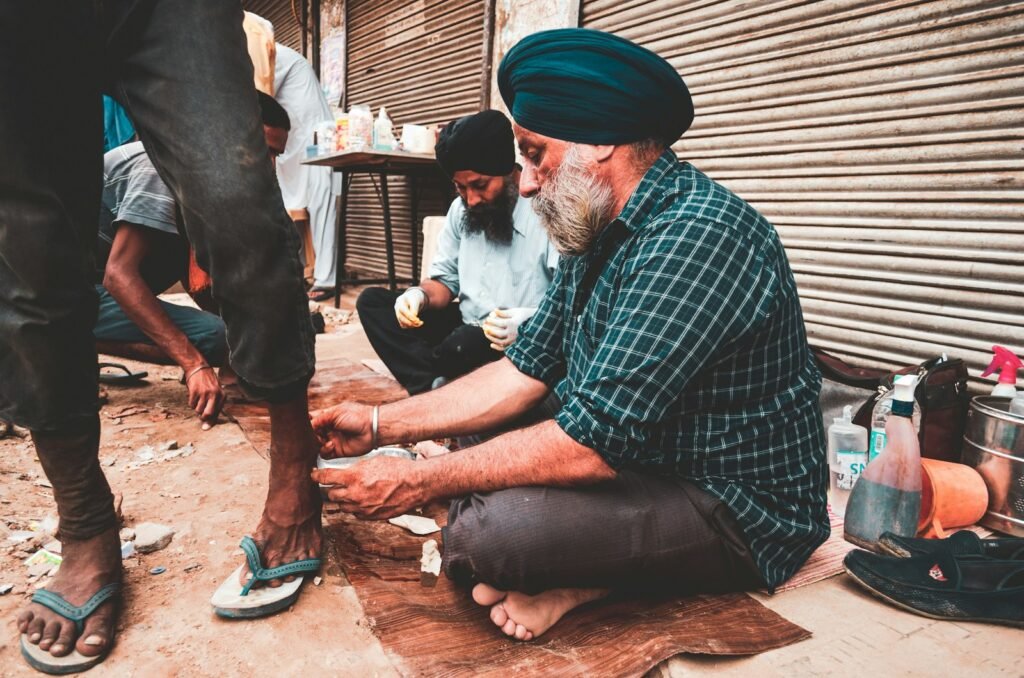
The story of Graman Quassi, an enslaved man in Dutch Suriname born in West Africa in 1690, who was freed for his skills as an herbalist and became a famed healer using medicinal plants and magical amulets to cure both black and white populations, illustrates how plant knowledge traveled through diaspora communities. Enslaved Africans brought their medicinal plant knowledge across the Atlantic, creating hidden networks of healing that served their communities while remaining largely invisible to colonial authorities. Similar accounts of enslaved West Africans in American colonies inoculating themselves against smallpox brought attention to ancient practices that eventually led to widely used vaccines. These diaspora communities preserved not just individual plant remedies, but entire healing philosophies that emphasized holistic treatment approaches. The underground nature of these practices—literally hidden from colonial oversight—allowed African medicinal traditions to blend with indigenous American plant knowledge, creating new synergistic healing systems. This cultural fusion represented a form of resistance where enslaved peoples maintained agency over their health and healing despite systematic oppression.
The Persistence of Sacred Smoke
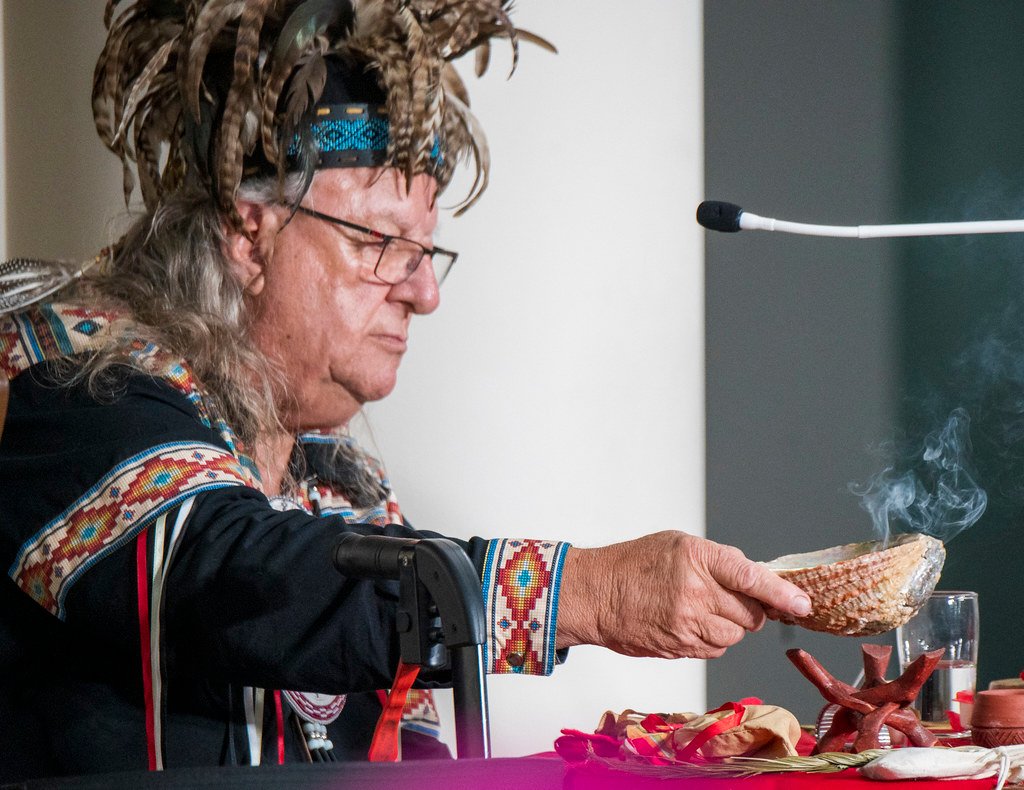
Tobacco holds major importance to many indigenous peoples, figuring prominently in ceremonies, everyday life, and creation stories, with indigenous peoples using tobacco, sage, sweetgrass, and cedar for various spiritual purposes in smudging ceremonies. While colonizers focused on tobacco’s commercial potential, they largely missed its profound spiritual and medicinal significance within indigenous cultures. The sacred use of smoking plants for healing and ceremony continued despite colonial attempts to suppress indigenous spiritual practices. These plants carried cultural memories that couldn’t be commodified or controlled. Early colonial reports noted that tobacco “purgeth superfluous fleame and other gross humors,” acknowledging its medicinal properties while failing to understand its deeper cultural significance. The survival of smudging ceremonies and the continued use of sacred plants in indigenous communities represents one of the most visible forms of medicinal plant resistance to colonization. Even as colonial governments banned indigenous spiritual practices, the plants themselves maintained their sacred roles within communities that refused to abandon their healing traditions.
The Chinese Medicine Revolution

The concept of producing the potent antimalarial medication artemisinin from the plant Artemisia annua was derived from traditional Chinese medicine, providing evidence for the significance of indigenous knowledge in drug discovery and development. Traditional Chinese Medicine (TCM) represents perhaps the most successful example of an indigenous healing system maintaining its integrity while adapting to colonial and modern pressures. The Chinese book “Pen T’Sao,” written by Emperor Shen Nung circa 2500 BC, documented 365 medicinal plants, many of which are still used today including ginseng, ephedra, and cinnamon bark. The systematic documentation within Chinese culture created a protective framework that made it difficult for colonial powers to dismiss or appropriate this knowledge completely. Unlike purely oral traditions, TCM’s written records provided a form of intellectual property protection that pre-dated colonial contact. The plants used in TCM didn’t just survive colonization—they eventually influenced global medicine, with compounds like ephedrine becoming essential components of modern pharmaceuticals.
The Aboriginal Dreamtime Healers

Australian Aboriginal people have lived for more than 50,000 years, with over 900 medicinal plants recorded in the tropical region alone, many associated with diverse ethnomedicinal uses, and researchers working in collaboration with Aboriginal communities to study anti-inflammatory properties of these traditional medicines. The Australian continent held one of the world’s oldest continuous healing traditions, with Aboriginal peoples developing intimate relationships with their medicinal plants over tens of thousands of years. Over 500 different Aboriginal clan groups developed distinctive cultures and languages while learning to live harmoniously within varied eco-floristic zones, with their knowledge and use of native plants playing significant roles in providing medicine, food, tools, and ceremonial objects. The geographic isolation of Australia initially protected these healing traditions from colonial interference, but when colonization did arrive, the depth and complexity of Aboriginal plant knowledge proved difficult to suppress completely. The dreaming stories and cultural protocols surrounding medicinal plants created protective frameworks that preserved not just the knowledge of what plants to use, but how to maintain proper relationships with the plant world.
The Ethiopian Highland Survivors

Indigenous knowledge of medicinal plants remains vital to local communities and cultural heritage in Ethiopia, with studies identifying 87 medicinal plant species from 50 families used to treat over 50 ailments, with Fabaceae, Malvaceae, and Solanaceae being the most prominent families. The Ethiopian highlands provided natural protection for traditional healing practices, with their mountainous terrain creating isolated communities where ancient plant knowledge could survive relatively undisturbed. In Africa, up to 80% of the population uses traditional herbal medicines for primary healthcare, with Ethiopia having a particularly rich tradition of traditional medicine and indigenous knowledge about medicinal plants. The challenging geography that made colonial penetration difficult also preserved medicinal plant habitats and the communities that depended on them. Ethiopian traditional healers developed sophisticated understanding of plant preparation methods and dosages that enabled them to treat complex medical conditions effectively. The survival of these practices demonstrates how geographic barriers could serve as protective shields for indigenous knowledge systems.
The North American Plant Nations

Indigenous peoples in what is now Canada collectively used over 1,000 different plants for food, medicine, materials, and cultural rituals, with many species remaining important to indigenous communities today, and this knowledge allowing indigenous peoples to thrive in Canada’s diverse environments. The vast North American continent supported hundreds of distinct indigenous nations, each with their own medicinal plant traditions adapted to local ecosystems. Of the fifty-six indigenous drugs holding recognition in 1925, thirty of them had been used by the indigenous peoples of New England, demonstrating the significant contribution of Native American medicine. The diversity of North American indigenous cultures created multiple pathways for plant knowledge preservation. When colonial pressures threatened one community’s practices, neighboring nations could maintain similar knowledge systems. The plant allies of North American indigenous peoples—from Pacific Northwest cedar to Southeastern tobacco—carried forward the healing wisdom of their human partners despite centuries of systematic cultural suppression.
The African Diaspora’s Healing Heritage
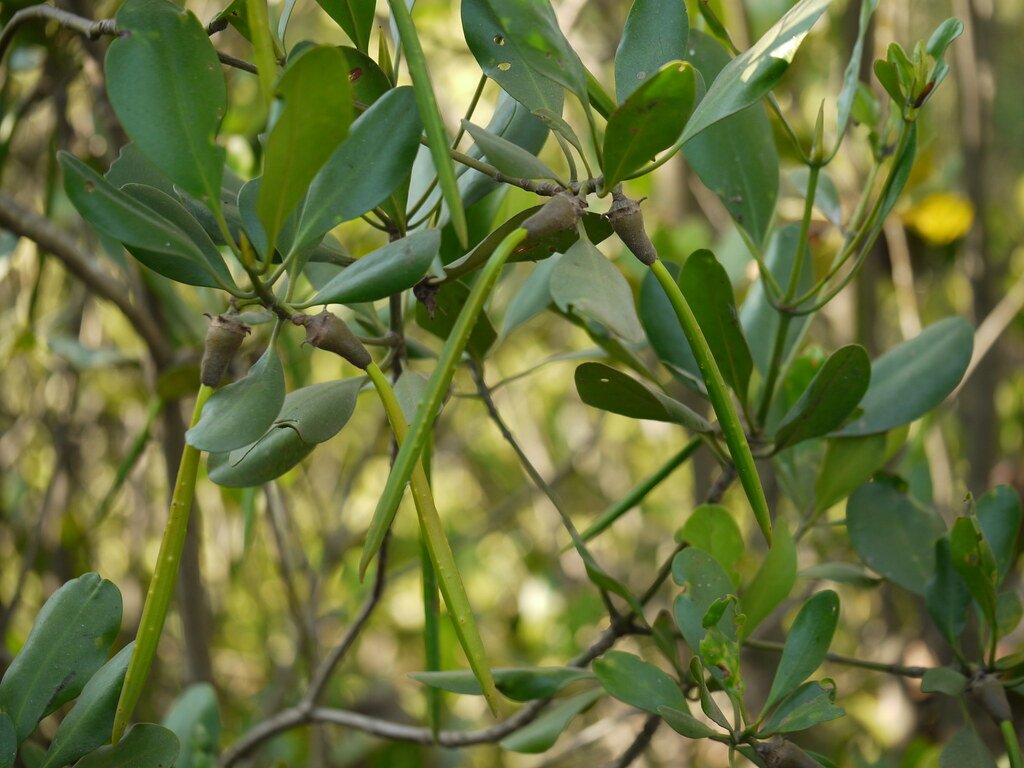
West African traditional medicine systems included extensive knowledge of medicinal plants, with historical reports noting that “The green Herbs, the principal Remedy in use amongst the Negroes, are of such wonderful Efficacy” that European physicians were urged to discover their therapeutic properties. The forced migration of African peoples through the slave trade inadvertently created one of the largest dispersals of medicinal plant knowledge in human history. During colonial and apartheid periods in South Africa, authorities attempted to eliminate African traditional medicine by labeling it as witchcraft and imposing bans, however these practices survived and persisted over time in many regions. African healing traditions demonstrated remarkable adaptability, with displaced communities learning to identify similar plants in new environments and modify their practices accordingly. The oral nature of African medicine, often dismissed by colonizers as primitive, actually provided protection by making the knowledge difficult to systematically document and control. Healing plants like aloe, which originated in Africa, became global medicines while retaining their connections to traditional African healing philosophies.
The Andean Medicine Mountain
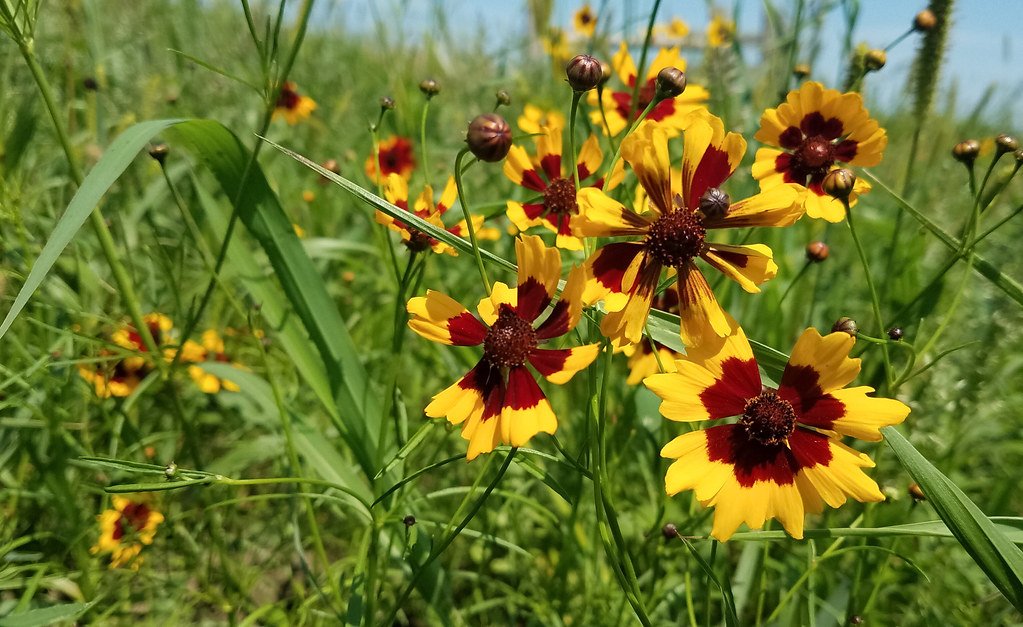
Traditional markets in southern Ecuador and the Andean region have been important for plant resource trading among local people since before Spanish colonization, with these spaces persisting due to traditional medicine cultural values and high consumption of medicinal plants spanning all socioeconomic levels, related to a long history of traditional medicine practices. The Andes Mountains created vertical ecosystems that supported incredible diversity of medicinal plants, from high-altitude herbs to tropical valley species. The market system that predated Spanish colonization provided a distribution network that made Andean plant medicine resilient to colonial disruption. Medicinal plants like cinchona, canchalagua, and Peruvian balsam moved with relative ease into global medicine, with Spain having natural monopolies over some species while others like ipecacuanha and American cinnamon were found across multiple colonial territories. These high-altitude healing traditions survived partly because the extreme environments where many medicinal plants grew remained difficult for colonizers to access and control completely. The Andean concept of vertical medicine—using plants from different ecological zones for comprehensive healing—represents one of the world’s most sophisticated traditional pharmacological systems.
The Celtic Connection to Plant Spirits

Various cultures across Europe, including the Romans, Celts, and Nordic peoples, practiced herbal medicine as a significant component of their healing traditions in antiquity. European indigenous traditions, including Celtic druidic plant knowledge, faced their own forms of colonization through Christianization and later industrialization. The survival of European medicinal plant traditions demonstrates that even within colonizing cultures, there were indigenous knowledge systems under threat. Sage was a culinary favorite in colonial America and an important medicinal herb, with colonists using it as a spring tonic, brewing it into ale for women in childbirth, and employing it for various healing purposes. When European colonizers brought their own plant medicines to new territories, they were carrying forward healing traditions that had survived previous waves of cultural suppression. The irony is that many “European” medicinal plants had themselves survived centuries of religious and political persecution before being transplanted to colonial settings. This layered history of survival demonstrates the universal human connection to plant medicine that transcends cultural and political boundaries.
The Pakistani Highland Healers

The pastoral lifestyle of indigenous communities brings them close to natural remedies for treating domestic animals, with ethnobotanical knowledge being held in the custody of nomadic grazers, herders, and aged community members in remote areas. The mountainous regions of Pakistan and similar landscapes provided refuge for traditional healing practices that served both human and animal health needs. Seventy-three medicinal plants were recorded in ethnobotanical studies, with widely used species including Visnaga daucoides, Foeniculum vulgare, Solanum virginianum, Withania somnifera, Glycyrrhiza glabra, and Curcuma longa. The integration of human and veterinary plant medicine created comprehensive healing systems that were difficult for colonial authorities to disrupt completely. These communities developed sophisticated understanding of plant applications that crossed species boundaries, recognizing that many medicinal plants could heal both humans and animals. The nomadic nature of many of these communities provided additional protection, as their mobility made them difficult for colonial authorities to control or systematically suppress.
The Caribbean Islands of Resistance

Reports from Barbados and Martinique described how indigenous healers discovered treatments using caustic plant juices that “they keep as a secret from the white people,” with Caribbean peoples being “extremely jealous of their secrets in medicine.” The Caribbean islands became laboratories of medicinal plant resistance, where indigenous, African, and European healing traditions blended while maintaining distinct identities. Climate change and colonial legacies created challenges for cultural survival, but community responses included climate-resilient agricultural practices acknowledging ancestral wisdom and community gardens dedicated to medicinal plants serving as living classrooms for intergenerational learning. The island environments created natural boundaries that both protected and challenged traditional plant medicine. Hurricanes and climate pressures threatened medicinal plant populations, but the same geographic isolation that made islands vulnerable also provided sanctuary for healing practices that might have been completely suppressed on the mainland. This isolation allowed for the preservation of ethnobotanical knowledge, with oral traditions and spiritual practices anchoring medicine in cultural identity. Healers, often women, became custodians of both land and lore, passing down remedies derived from local flora such as cerasee, guinea hen weed, and noni. In recent years, a resurgence of interest in traditional medicine has led to collaborations between local practitioners and scientists, aiming to document and validate these remedies. As the Caribbean faces intensifying ecological and social disruptions, these islands of resistance continue to offer vital lessons in resilience, sustainability, and the power of indigenous knowledge systems.

